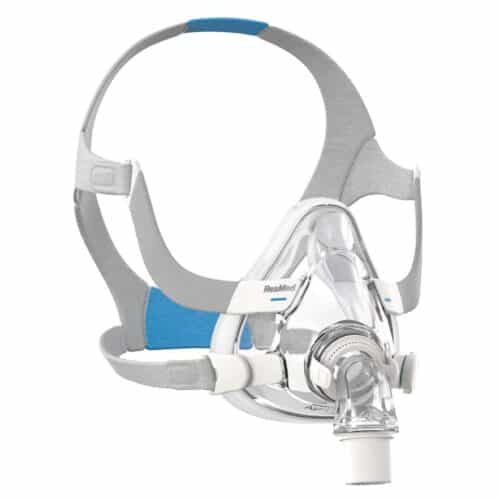Get 10% off your order!
Sign up below for PAP’s Newsletter, and keep an eye on your inbox for a one-time code. Offer not available on sale items.
We have an image of someone with sleep apnea. They’re generally overweight, older, and often male. However, sleep apnea can affect skinny people, women, athletes, and even children.
Just because you are young, fit, and thin doesn’t mean you can’t have sleep apnea, and the stereotypes leave many people untreated for a disease which can ultimately shorten your life. Everyone, not just older and overweight people, needs to be aware of the signs and causes of sleep apnea.
The symptoms of sleep apnea include:
Snoring is often considered to be the key symptom of sleep apnea, but with a form of sleep apnea called “central” sleep apnea (that affects your nervous system) it can be absent. Additionally, symptoms such as waking up still tired or daytime drowsiness can indicate other sleep problems. If “Why am I so tired?!” is a part of your regular vocabulary, you should talk to your doctor. Like, yesterday.
The first step to a better night’s sleep is establishing whether you have sleep apnea or another underlying problem. This involves undergoing a sleep study either at a sleep center or with a home kit. The study will determine whether you have sleep apnea or another underlying issue.
However, contrary to what that one nice lady in line at the post office or grocery store may have told you: refrain from taking any over-the-counter or Rx sleep medication for sleep apnea as they can exacerbate symptoms and increase health risks.
Once a diagnosis is made, there are a number of treatment options:
A CPAP machine (continuous positive airway pressure) is a standard treatment for sleep apnea, and more often than not, it’s our first choice for sleep apnea treatment. This involves wearing a mask at night that sends pressurized air into your airways to help keep them unobstructed (basically, a super high-tech machine takes the load off of breathing at night for you — what a pal!).
Modern CPAP machines are very quiet and generally do not disturb you or your partner. They do require power, but solar batteries are available for those of you living the future.
For some people, CPAP machines are not a good choice. For these patients, a different breathing machine might be tried. BiPAP machines are sometimes used for people who find CPAP uncomfortable, and the more expensive APAP (automatic positive airway pressure) is used for people who have varied apnea occurrences or who are restless sleepers that change position a lot. No matter who you are, there’s likely a PAP for you.
For mild sleep apnea, certain lifestyle changes may be all that’s needed. This often means quitting smoking or getting treatment for allergies that make sleep apnea worse.
Exercising regularly can also help, as can avoiding alcohol at night and not sleeping on your back (sleeping on your back also worsens simple snoring).
Sometimes, however, these were just the cards we were dealt and it doesn’t matter how many carbs you cut out, crunches you do, or even if you’re Captain frigging Kirk himself.
For people who just cannot make CPAP machines work, but have relatively mild sleep apnea, an oral appliance is recommended. This is something which you get from your dentist that adjusts your jaw at night to remove the obstruction, often by shifting your jaw forward. We promise we won’t judge you for your absolutely unfathomable distaste for CPAP machines.
Surgery may be recommended for sleep apnea that is severe. The surgeon can realign and reconstruct the jaw to eliminate obstructions. Fortunately, needing surgery is rare (phew!), and rarely the first choice due to the risks and complications that can arise.
If you have problems staying asleep or still feel tired in the morning, don’t dismiss the possibility that it might be sleep apnea just because you are young, fit, and/or a woman (sleep apnea is all about that equal opportunity!). Take an at-home sleep study to find out what is going on and if you have sleep apnea, remember it is easy to get the CPAP prescription you need and start taking the right steps to get the sleep you deserve.


Sign up below for PAP’s Newsletter, and keep an eye on your inbox for a one-time code. Offer not available on sale items.
SUBSCRIBE TO OUR NEWSLETTER Receive exclusive offers & insightful articles to enhance your sleep.
Search by product name, type or brand.
